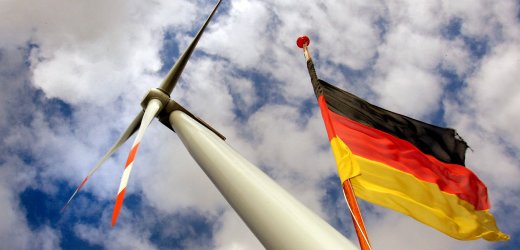The German government today is run primarily by the “grand coalition” a combination of the Christian Democratic Party, the Social Democratic Party, and the Green party. Together these parties elected Angela Merkel, a Christian Democrat, to be the first female German chancellor in 2005. Since 2005 this coalition government has been working to promote clean energy policies. Angela Merkel’s views about clean and sustainable energy can best be summed up in her own words:
“As the first big industrialized nation, we can achieve such a formation toward efficient and renewable energies, with all the opportunities that brings for exports, developing new technologies and jobs.”
 German Chancellor Angela Merkel
German Chancellor Angela Merkel
Of course these bold ideas need a good deal of federal funding, but who is really paying the price of rethinking the German energy grid? In order to make the production of clean energy profitable the government currently subsidizes all forms of energy it deems to be clean, renewable, and safe. Passing the German Renewable Energy act in 2000 made it possible to switch from fossil and atomic energy to clean, safe renewables, without collapsing the economy. Instead of implementing new taxes the German government simply added the price of subsidizing renewables to the electric bills of citizens, a few extra cents per kilowatt spread the cost out to those who use the most energy, citizens and companies are rewarded for being efficient. In order to encourage innovation and competition these subsidy rates are ever decreasing, by the time renewable technologies stop receiving government aid they will hopefully be developed enough to completely replace fossil fuels and nuclear energy. The growing unpopularity of nuclear power in Germany stemmed from concerns about the danger of nuclear meltdowns; in 2001 the government officially made plans to close all of their nuclear power plants by the year 2033. The deadline to shut down all nuclear power plants was pushed forward to 2022 following the disaster at the Fukushima Diaiichi nuclear power plant in 2011. 8 of the country’s 17 reactors have already been closed. Only time will tell if German energy consumption will surpass energy production without these reactors that supplied almost 18% of the countries power in 2011. Already Germany has been forced to rely on Russian energy imports, however German officials are hopeful that sustainable solutions will begin to fill that energy gap as green technology becomes more advanced.
Sources:






 German Chancellor Angela Merkel
German Chancellor Angela Merkel